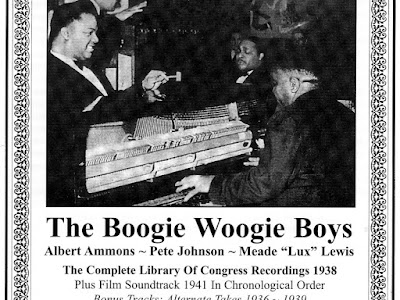 |
| That sticker contains multitudes. |
The Hit
If you sat through Guardians of the Galaxy Vol 2 and paid enough attention, you would have heard Silver’s “Wham Bam Shang-A-Lang.” I’m pretty sure I heard it, but can’t make any promises.
Like everything on the Guardians soundtracks, it is very damn 70s - that smooth, warm production, the keening treble of the guitars, the layered vocals, etc. etc.
There’s a little disconnect in the history of the song, at least based on what I’ve read. In Wikipedia’s telling, Silver’s label, Arista Records, handed them the song because everything else they’d recorded lacked “single potential.” In this telling, Clive Davis, the head of Arista Records, co-produced it with Tom Sellers (who did the rest of the album). In the other telling - this from a very long interview with Silver’s bassist, Tom Leadon - another member of Silver, John Batdorf, had “cut” the single with his earlier act, Batdorf & Rodney. Part of that same story, though, lends some credence to Wikipedia’s phrasing: once Davis got his hands on the audio, he cut out Rodney’s vocals and had the three original members of Silver - that’s Batdorf, Greg Collier and Brent Mydland - and had “studio people” (what the hell? “Dean Parks on guitar, Jim Gordon [on ?], Scott Edwards on bass”) handle the recording session. This went unmentioned in the record.
The Rest of the Story
What’s above is, in a lot of ways, the rest of the story - at least when it comes to Silver. Based on the few bios I could find, most members had been knocking around the latter days of the Laurel Canyon scene (Leadon gives a full accounting of his innumerable connections), all this while various record labels squeezed that area/sound for everything they could get out of it. Batdorf had moved out to LA in 1967 and formed Batdorf & Rodney with Mark Rodney in 1971; that group managed a minor hit with “Somewhere in the Night” in 1975. Mydland actually came on as a member by way of a mutual friend and Arista was Batdorf & Rodney’s label, and they just stuck with Arista (or were kept on) when they became Silver.
If you sat through Guardians of the Galaxy Vol 2 and paid enough attention, you would have heard Silver’s “Wham Bam Shang-A-Lang.” I’m pretty sure I heard it, but can’t make any promises.
Like everything on the Guardians soundtracks, it is very damn 70s - that smooth, warm production, the keening treble of the guitars, the layered vocals, etc. etc.
There’s a little disconnect in the history of the song, at least based on what I’ve read. In Wikipedia’s telling, Silver’s label, Arista Records, handed them the song because everything else they’d recorded lacked “single potential.” In this telling, Clive Davis, the head of Arista Records, co-produced it with Tom Sellers (who did the rest of the album). In the other telling - this from a very long interview with Silver’s bassist, Tom Leadon - another member of Silver, John Batdorf, had “cut” the single with his earlier act, Batdorf & Rodney. Part of that same story, though, lends some credence to Wikipedia’s phrasing: once Davis got his hands on the audio, he cut out Rodney’s vocals and had the three original members of Silver - that’s Batdorf, Greg Collier and Brent Mydland - and had “studio people” (what the hell? “Dean Parks on guitar, Jim Gordon [on ?], Scott Edwards on bass”) handle the recording session. This went unmentioned in the record.
The Rest of the Story
What’s above is, in a lot of ways, the rest of the story - at least when it comes to Silver. Based on the few bios I could find, most members had been knocking around the latter days of the Laurel Canyon scene (Leadon gives a full accounting of his innumerable connections), all this while various record labels squeezed that area/sound for everything they could get out of it. Batdorf had moved out to LA in 1967 and formed Batdorf & Rodney with Mark Rodney in 1971; that group managed a minor hit with “Somewhere in the Night” in 1975. Mydland actually came on as a member by way of a mutual friend and Arista was Batdorf & Rodney’s label, and they just stuck with Arista (or were kept on) when they became Silver.





